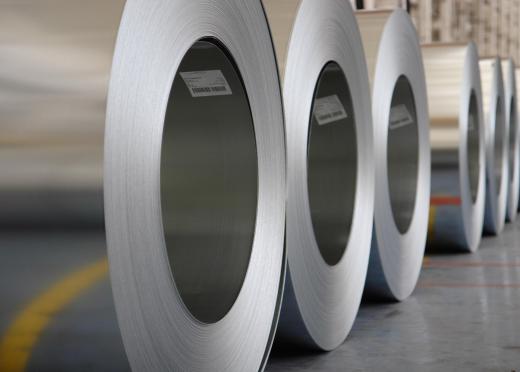A penny is the lowest form of American currency, worth only one cent, and is popularly believed to be made solely of copper. However, the common penny has been made of a variety of materials over the years, with copper even being removed completely in 1943. Today, a penny is made of 97.5 percent zinc, and 2.5 percent copper.
The first penny was minted in the United States in 1787. Benjamin Franklin, one of the United States’ founding fathers, suggested its original design. The composition of the first minted penny was 100 percent pure copper. This continued until the mid 1800s, when the penny underwent its first change in composition.

The bronze penny was introduced in 1837, made of 95 percent copper and five percent zinc and tin. These pennies were minted for another 20 years before the next change was made. In 1857, the common penny received a further degradation in its copper content, and was made of 88 percent copper and 12 percent nickel. This gave the penny a lighter, almost white, hue.

In 1864, the penny returned to its previous bronze composition, of 95 percent copper and 5 percent zinc and tin. This continued until 1962, with the exception of one year. The 1943 penny was made of steel coated with zinc, due to a copper shortage. Because copper and nickel were sorely needed for making weapons for World War II, there wasn’t enough of the material to spare for minting pennies.

There were a few copper pennies minted in 1943, and these continue to be highly sought after collector’s items today, due to their rarity. There are only forty of the 1943 copper pennies known to exist today, and they have sold for as much as $86,000 US Dollars (USD) each. According to the United States Mint, it is believed that these copper pennies were made by accident, when several copper blanks were left in the press as production on the new steel pennies began.
After 1962, the tin content of the penny was removed completely, and the cent was minted with a composition of 95 percent copper and 5 percent zinc. This remained the standard until 1982, when the composition was once again changed. This time, the penny’s copper content was drastically reduced. The new penny was composed of 97.5 percent zinc and 2.5 percent copper, also known as copper plated zinc, and it remains this way today.
